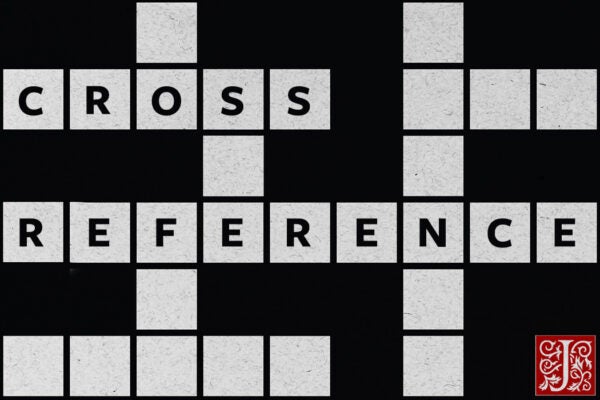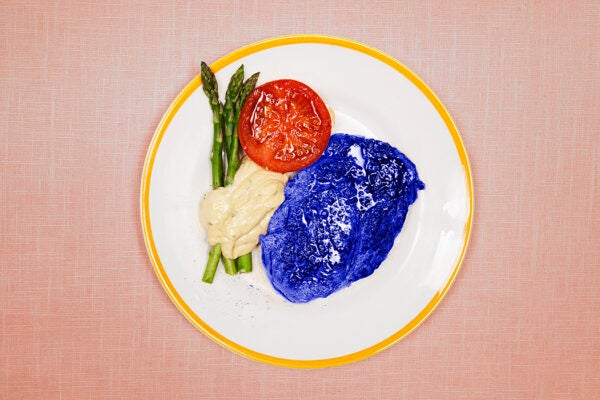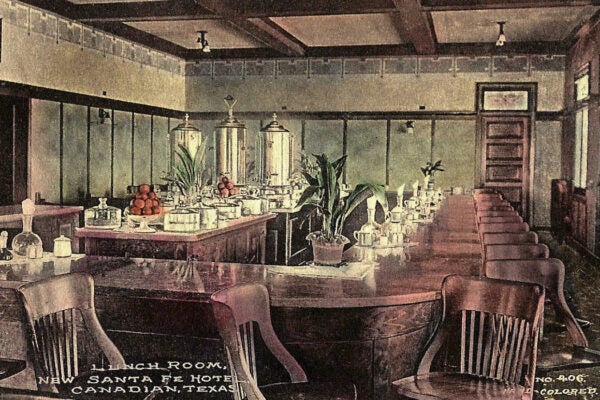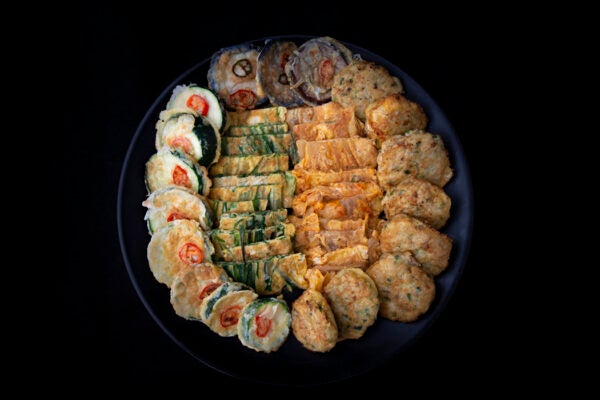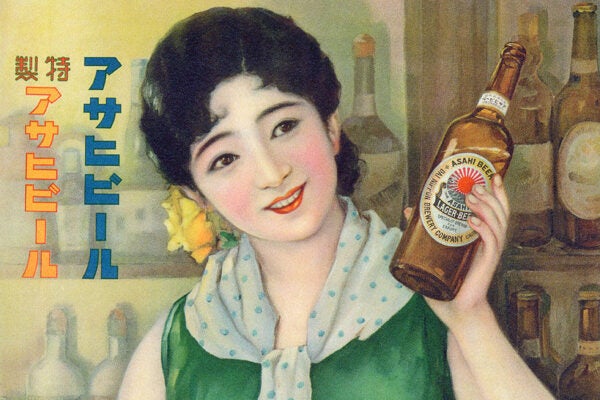The Pomegranate in History and Myth
Used heavily in early medicine and at times for opposing aims, the pomegranate shows a marked versatility in its cultural connotations and connections.
Get Out of Dodge with Cross Reference
This month’s puzzle features a nod to the Second City.
Hoosier Cabinets and the Dream of Efficiency
Out of Indiana came a beloved wooden innovation that helped change the status of the kitchen in the American home.
The Wild West of Papal Conclaves
In the sixteenth and seventeenth century, the death of a pope led to all sorts of chaos, from the destruction of art to armed violence in the streets.
The Singaporean State on a Styrofoam Plate
Hawker centers, a uniquely Singaporean institution, bring a form of street commerce practiced around the world under the authority of state regulators.
How Do You Like Your Steak? Rare, Medium, or Bright Blue?
In 1973, an experiment with dyed food and colorful lights had participants vomiting up their half-finished meals. But did it really happen?
Harvey Houses: Serving the West
In 1875, Fred Harvey had an idea for improving dining on passenger rail lines. He changed the face of food service in the West forever.
K-cuisine in Malaysia: Are Locals Biting?
By neglecting local tastes and the culinary presence of Korean migrants, state-sponsored initiatives to globalize Korean food may fall short in Malaysia.
How Beer Came to Asia
Reactions to the introduced brew ranged from Japanese efforts to imitate German beers to a reluctance to imbibe among Muslims and Hindus in India.

